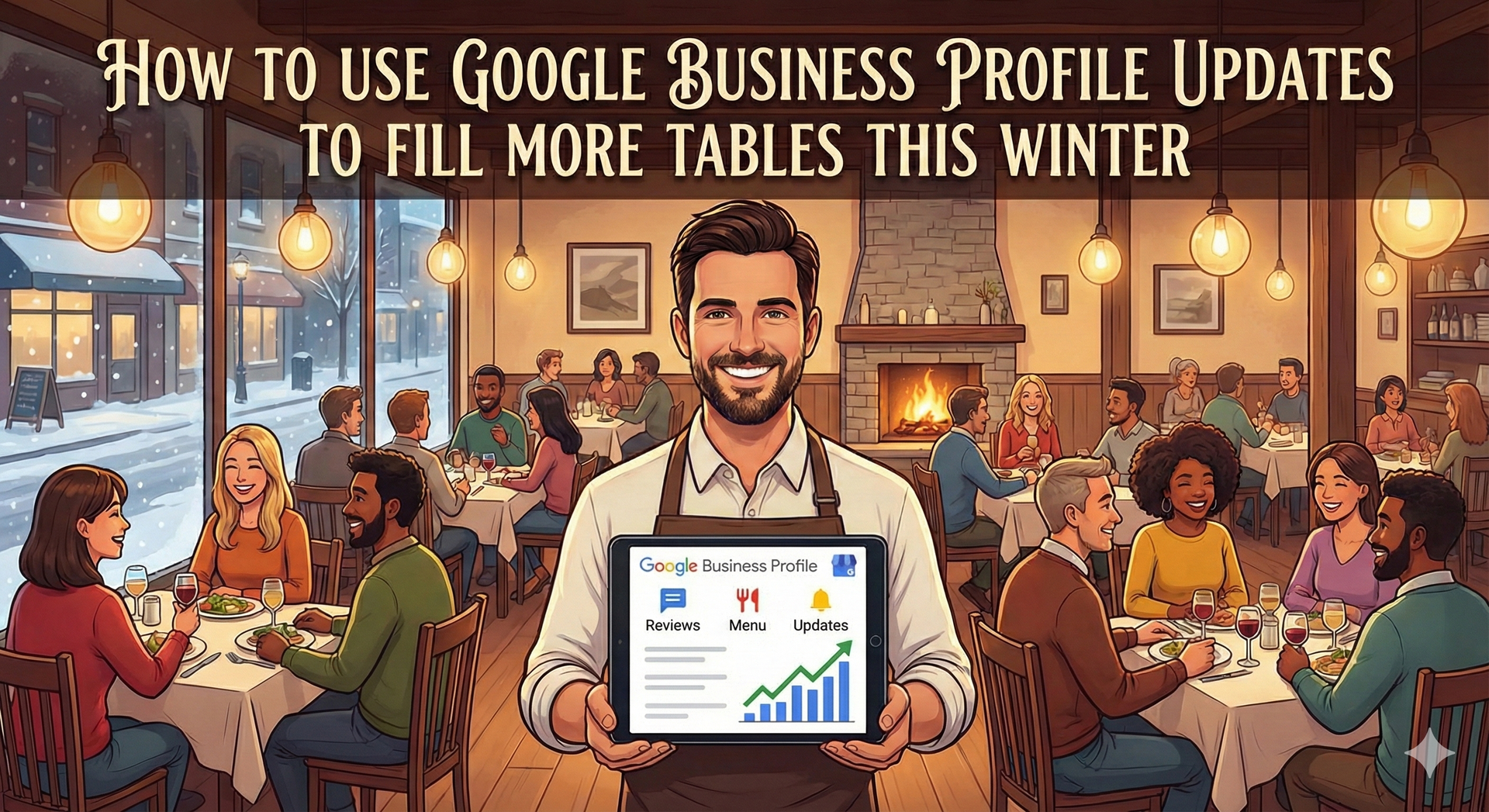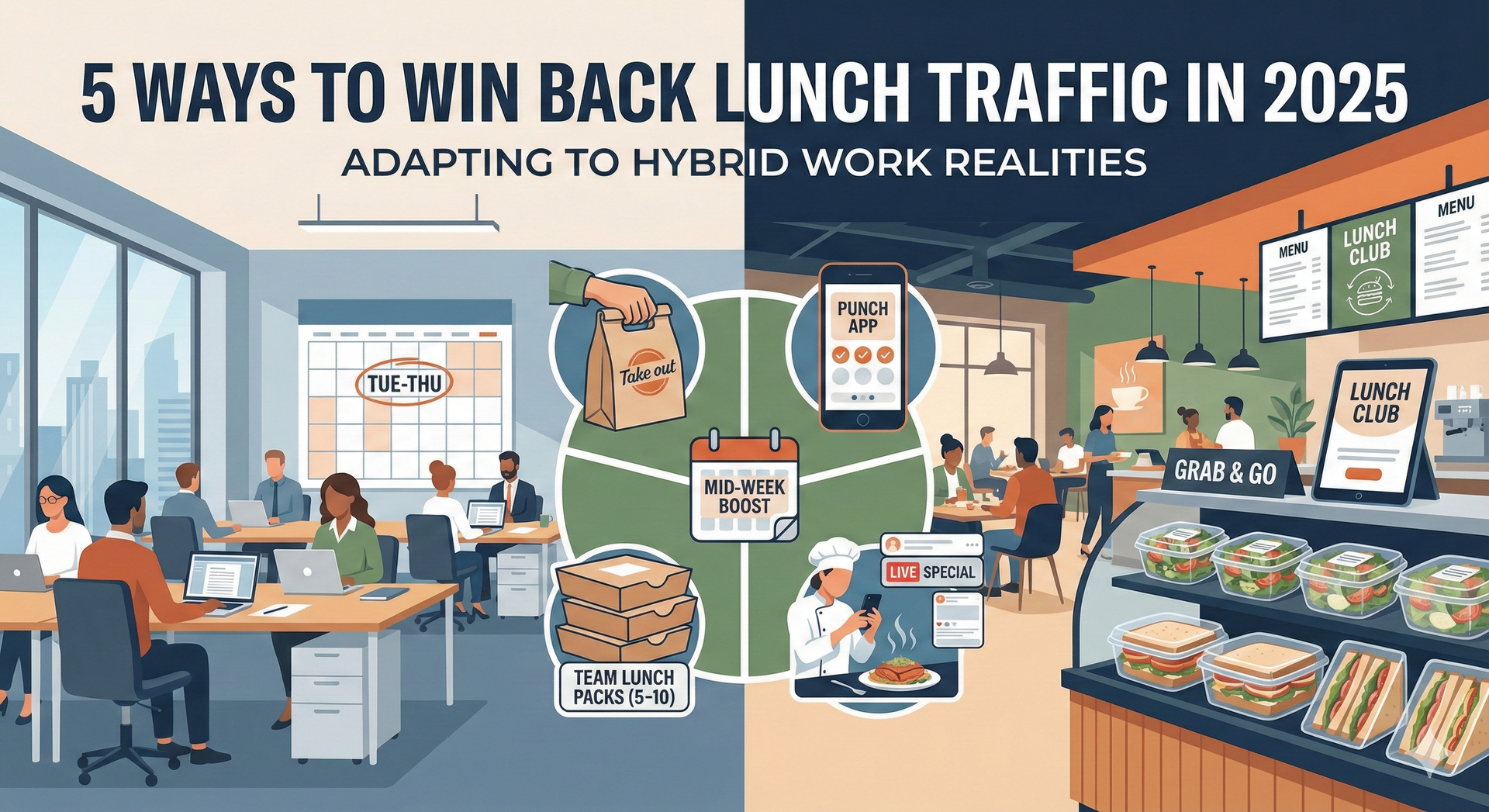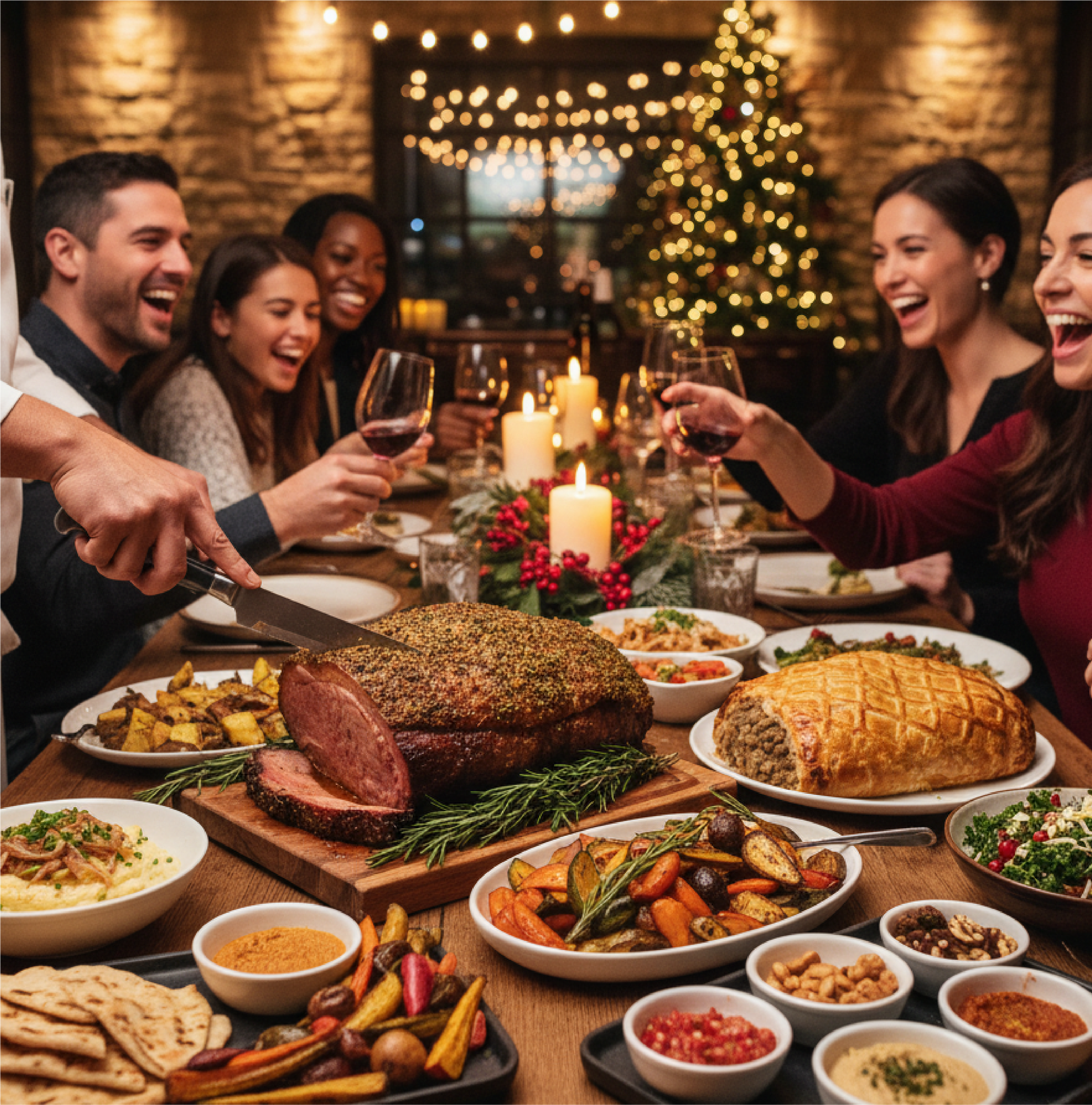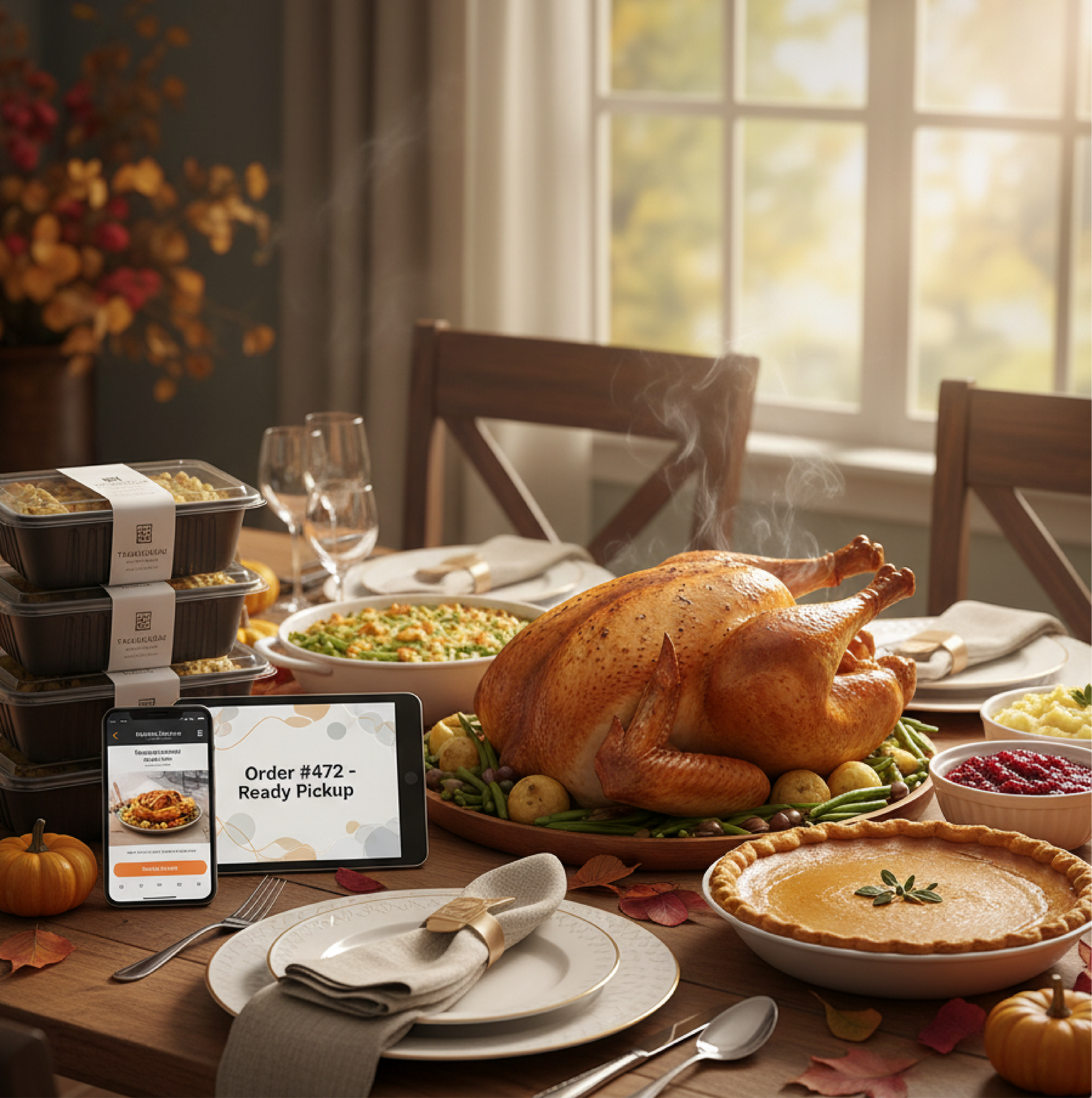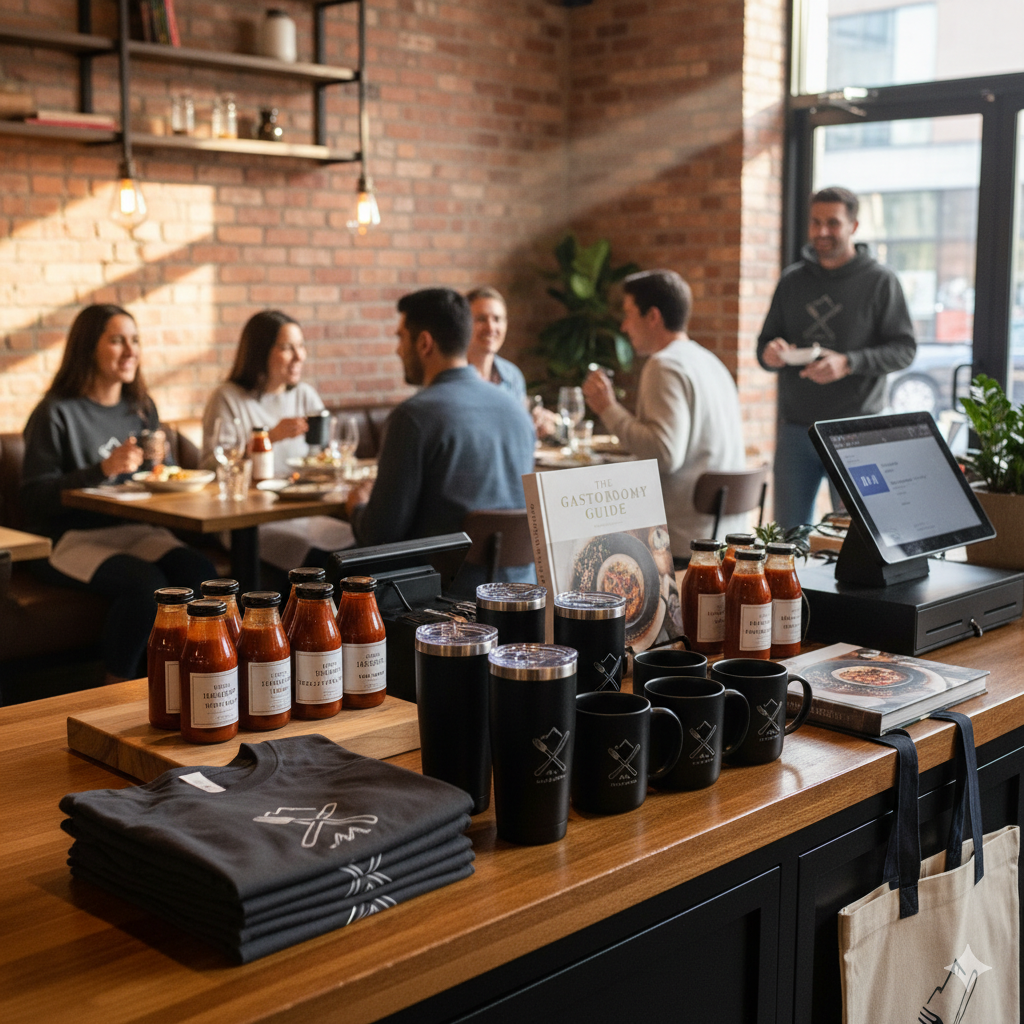Blog
What is Your Restaurant Culture?
3 Reasons Why an Authentic Restaurant Culture Keeps Staff and Guests Engaged

Though words like “work culture” and “cultural fit” have been controversial in the recruiting realm (1), there is no denying that restaurants with excellent work culture benefit from happy employees and many loyal customers.
So what do we mean by culture? And what does it mean to have a great one? In this article, we define culture as a set of guiding or shared organizational values that define behaviors and a restaurant’s operations. According to Denise Lee Yohn, a marketing guru for QSR Magazine, great work culture can be unique to each restaurant, and when done well, attract customers, engage employees and enable better decision making (2).
Here are 3 Reasons why we think creating an Authentic Restaurant culture can benefit your business.
1. Culture Creates Unique Restaurant Identity
Every guest walks inside a restaurant with a set of expectations that is unique to the brand. For example, a person who walks into a Fast Food Chain may expect a fast, no-fuss, and efficient service. Meanwhile, the same person is likely to enter a family diner expecting an entirely different experience like a welcoming atmosphere or friendly customer service.
A great restaurant culture works the same way and is a reflection of the restaurant’s brand and identity. According to James Eling, Founder of Marketing 4 Restaurants, a restaurant's culture is “the way things are done around here” (3). Culture is what is integrated into your business’s core values, vision and purpose. “Your competitors can copy your Menus, your recipes, your process and your ingredients, but the one thing that they can’t copy is your Culture,” said Eling (3)
This is good news because it means that once restaurants create a distinctive and unique work culture that people find authentic, your guests can separate their brand apart from competitors. That’s how you attract attention and draw new guests in.
2. Engages Employees
According to LinkedIn’s Workplace Culture report, almost 9 out of 10 millennials said they would consider taking a pay cut if they could work at a company whose mission and values align with their own (4).
It's no surprise then that having your team composed of staff whose personality and values align with that of the business are happier and more productive (5). It is this link between employee happiness, engagement and productivity that lowers turnover and produces profit.
For this to happen, leaders should “understand that the people within the organization are their best instruments to accomplish the mission they have at hand and by nurturing, developing and leading the team effectively,” said Christopher Conner, the president of Franchise Marketing Systems (6). A great work culture “starts at the top.” Top management should lead by example, communicate with the team often and share the vision of where the business is headed. When employees trust their managers, they can be both "energized and focused on accomplishing both the company and personal goals," said Conner (6).
3. Attracts Customers
Though most associate work culture as something defined by the management and employees, one shouldn’t underestimate the impact that employee engagement has on customers.
For example, Gallup’s “State of the American Workplace” survey found that happy employees also created happy customers. (7).
A restaurant’s culture is a bigger part of your brand identity and brand promise. Denise Lee Yohn from QSR Magazine uses Southwest, Zappos and Virgin to exemplify great work culture (1). When done right, great work culture is shown in the “personality of their employees and the style with which they served customers created a distinctive customer experience that people talked about and their brands became known for" (1).
Similarly, how Café Rio Mexican Grill manages their team “makes their culture palpable to their customer” (1). Cyrus DeVere, the chief people officer at Café Rio Mexican Grill, described his company's culture with four E's: Energy, Emotion, Excitement, and Enthusiasm (1). When employees display these E’s to their guests, it conveys urgency and attention to detail that customers can latch onto (1).
How to start:
To create a business and authentic company culture, it is essential for operators to consider what kind of experience they want to make for their guests and staff (8). According to Jessica Reimer, Content Producer for 7Shifts, an employee scheduling app company, businesses should “list out actions or behaviors (big and small) that make this experience possible. From there, it’s all about embedding these values into your day-to-day operations and finding ways to show your staff just how valuable their work, opinions, and ideas are” (8).
For example, what do you hope to accomplish as a restauranteur? What do you value? Is it community? Honesty? Hospitality and service? Health? Once the core values are chosen, a restaurant should actively and consistently communicate those values to staff and guests.
“Don’t just tell people what you stand for—show them what you stand for,” said Reimer (8). If one of your core values is transparency, it will go against your established restaurant culture to serve a product that doesn't meet that standard. Your staff should also mirror this value (transparency) by being open to your guests about what is in the food or how it was sourced or prepared.
Openly communicating strong values will help you educate your employees and connect to your customers about what your brand stands for. When done consistently, this can help your business build employee trust and customer loyalty.
Goliath Consulting Group is a restaurant consultancy group based in Atlanta, Georgia. To learn more about our services including menu development, business strategy, marketing, and restaurant operations, contact us at http://www.goliathconsulting.com
or email us at getresults@goliathconsulting.com
References:
1. https://buffer.com/resources/culture-fit/
2. https://www.qsrmagazine.com/denise-lee-yohn-qsrs-marketing-guru/experts-say-success-starts-culture#:....
3. https://marketing4restaurants.com/building-your-restaurant-by-building-your-restaurant-culture/
4. https://blog.linkedin.com/2018/june/26/workplace-culture-trends-the-key-to-hiring-and-keeping-top-ta...
5. https://hbr.org/2015/12/proof-that-positive-work-cultures-are-more-productive
6. https://www.qsrmagazine.com/outside-insights/why-building-productive-restaurant-culture-matters
7. https://www.gallup.com/services/176708/state-american-workplace.aspx
8. https://upserve.com/restaurant-insider/the-secret-to-a-killer-restaurant-culture/


